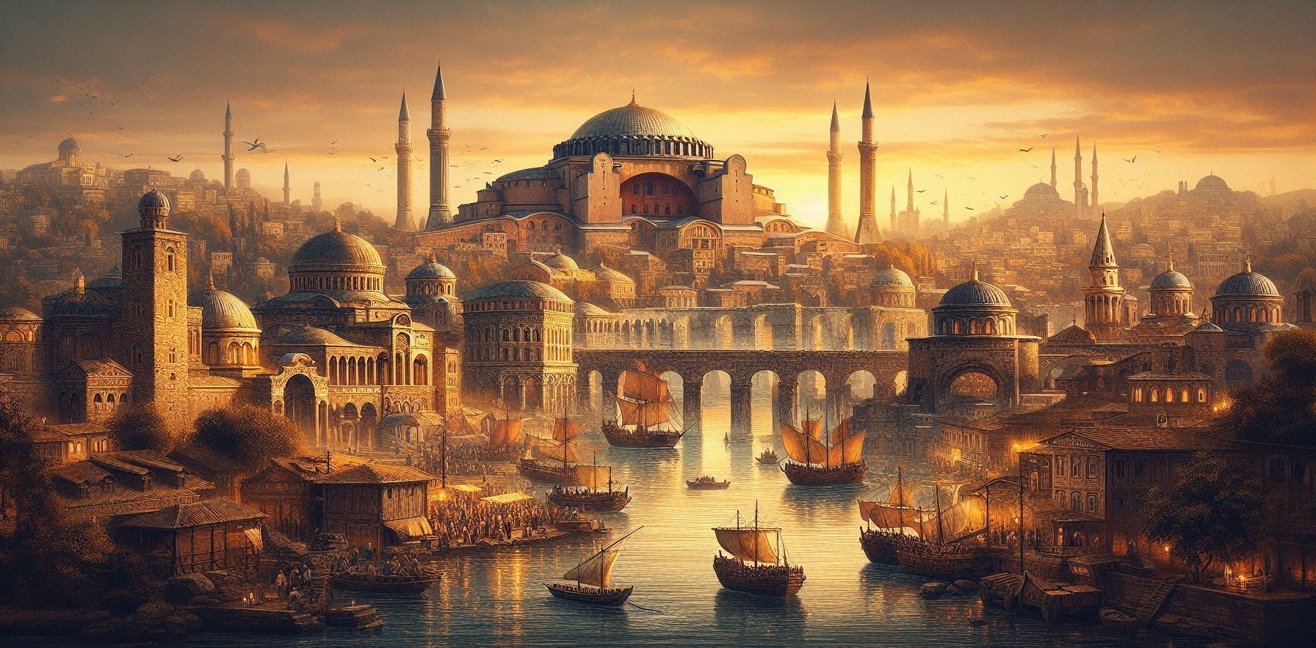In 330 AD, a historical turning point occurred. Constantinople, then known as Byzantium, was declared the official capital of the Roman Empire. This event marked the beginning of a new era on the world map. Although the city named Byzantium was ceremoniously renamed New Rome, it would be more famously known throughout history as Constantinople.
Constantinople was not only a geographical center but also played a significant role in history as a cultural and economic hub. Located at the crossroads of empires and civilizations, this city would host many events that shaped world history for centuries.
This magnificent city was ruled by various empires throughout history. After the Roman Empire, it became the capital of the Byzantine Empire, reigning for many years. The history of Constantinople witnessed numerous wars and political changes. However, the city was always highlighted for its cultural richness and as a center of commerce.
Constantinople was also a major center for architecture and art. Magnificent structures like Hagia Sophia added unparalleled beauty to the city’s skyline. Furthermore, the trade and economic activities in the city were among the crucial factors that sustained the economic vibrancy of Medieval Europe.
Even today, the legacy of Constantinople (modern-day Istanbul) remains vibrant and impactful. Traces of Hagia Sophia and other historical buildings can still be felt in every corner of the city. The historical and cultural significance of Constantinople lies in the many events it witnessed that shaped world history.
Today, the rise and historical legacy of Constantinople stand as a tribute to humanity’s past and cultural wealth. This enchanting city is not just a geographical location, but a symbol of an important era in human history.

